Every day when you turn on the tap and see the clear stream of water flowing out, most people can’t help but feel a little concerned: Is this water really clean? Will drinking it cause any problems? This is why home water purifiers have become a standard fixture in many kitchens. But have you noticed that while buying a water purifier is easy, using it can be confusing, especially when it comes to how often to replace the filter cartridge? Many people have been taken advantage of in this regard. Often, we follow the manufacturer’s recommendations and replace the filter annually, or even every six months for peace of mind. Until one day, I casually mentioned this topic to after-sales service, and they casually replied, “Actually, there’s no need to be so rigid—there are a few simple methods you can use to judge for yourself!” At that moment, it dawned on me—maybe I’ve been wasting money all these years.
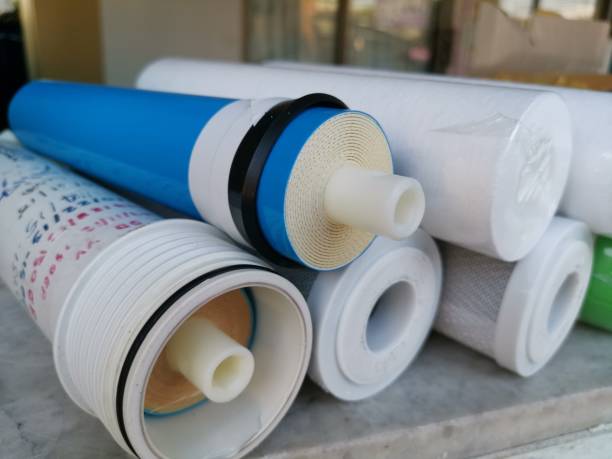
Do you also have such doubts? Today, we’ll uncover the hidden tricks behind water purifier filter replacement, so you won’t be misled in the future and can use clean, safe water with confidence.
In daily life, most users rely on manufacturer manuals or after-sales customer service recommendations, such as “replace annually” or “replace every six months,” but few people have seriously considered why such rules are set. In fact, these uniform time standards are merely reference values, as water consumption varies greatly between households—for example, a three-person household and an eight-person household will have significant differences. There are also regional differences: some cities have relatively clean tap water, while others have higher levels of impurities. Relying solely on generic standards to make decisions is akin to paying a “stupidity tax.”
So, how should one determine whether it is time to replace the filter cartridge of their water purifier? Here are four highly practical methods that can all be done DIY-style, saving money and ensuring reliability, without needing to rely on after-sales service or wait for reminders each time.
The first extremely simple method is to observe the appearance.
This method is most suitable for pre-filter or transparent casing filters, such as PP cotton or activated carbon, which are visible and tangible. After using them for a period of time, if you notice severe discolouration, obvious stains, or visible blockages, it is generally time to replace them. Some transparent designs are specifically made to allow users to check the status at any time. If your unit has a closed structure, you can contact the manufacturer for instructions on how to disassemble and inspect it. It’s actually quite easy to do and doesn’t require special tools. By developing the habit of regular inspections, you can roughly monitor your water usage and the lifespan of the filter cartridge.
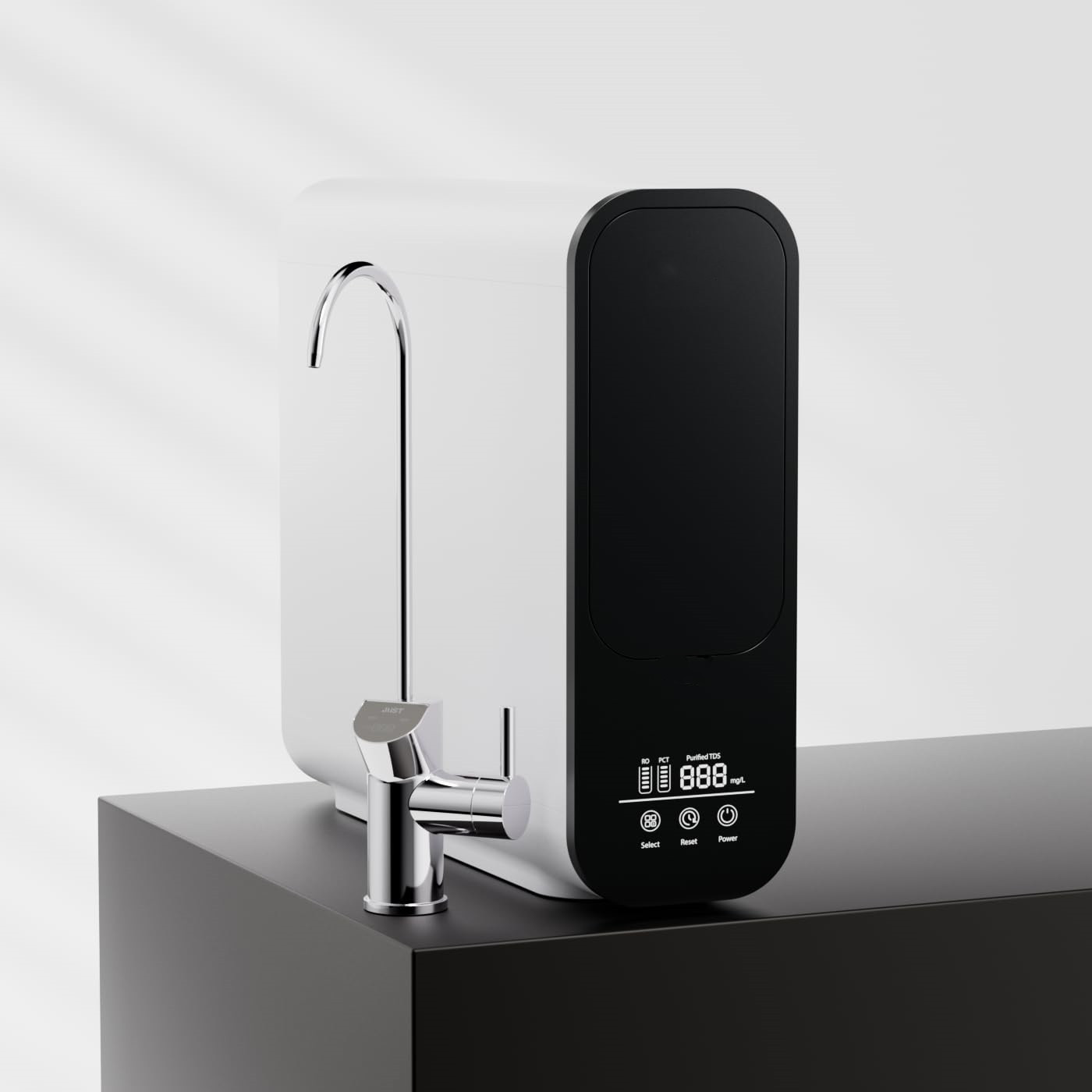
The second method, which many observant users have likely already tried, is to monitor changes in water flow rate.
A newly installed machine typically has a fast and smooth water flow. However, over time, if you notice that filling the same cup of water takes increasingly longer, and it feels like you have to wait half an hour to fill it, this is a classic sign of blockage. As the filter layer continuously traps impurities, scale, rust, and other contaminants, the internal channels narrow, leading to reduced flow rate. If you’ve recently noticed that it takes a long time to fill a pot while cooking, it might be time to consider replacing the filter cartridge.
The third method involves taste and texture, which is often overlooked.
Experienced users will notice that tap water from a newly installed purifier has no strange taste and is very refreshing. However, if one day you suddenly notice a strange odour in your cup, whether it's an earthy smell, a disinfectant smell, or a bitter taste in your mouth, this should be taken seriously, as it may indicate that the activated carbon's adsorption capacity has decreased. While such odour changes are subjective, they should not be ignored. Once you notice any abnormalities, it's best to address them promptly.
The fourth identification technique is slightly more advanced: pay attention to the machine's built-in alert functions.
Most smart water purifiers on the market now come equipped with electronic monitoring systems, such as TDS digital displays, light indicators, or app-based remote alerts. If the numbers spike or the indicator lights turn red, it means the filter has reached a certain usage threshold and requires timely maintenance. Of course, these data are not 100% accurate and should only be used as supplementary references. However, when combined with the results of the previous observations, they provide a more scientific and reasonable assessment. If elderly family members or children are unable to interpret these electronic indicators, you can set an alarm in advance and conduct a unified inspection at the designated time.
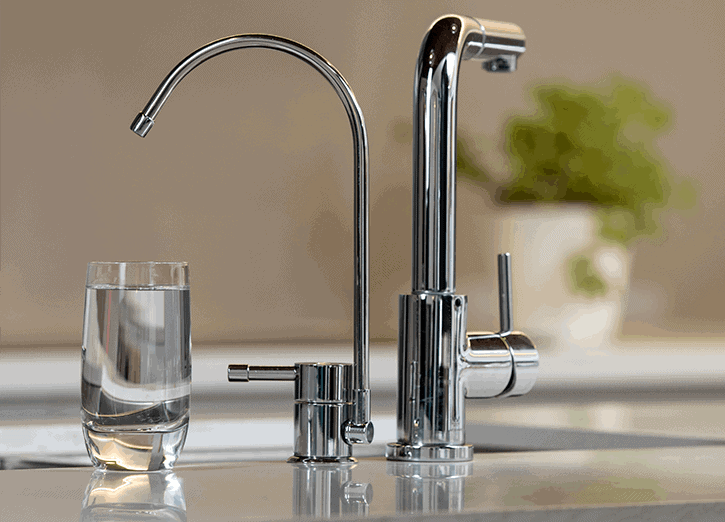
At this point, many of you may be wondering, ‘What are the risks of not replacing the filter for an extended period of time?’ The answer is a definite yes. If you continue to use an old, severely degraded filter cartridge, it may still appear to function normally, but its filtration effectiveness has been significantly reduced. Not only does it fail to completely block impurities, but it may also lead to bacterial growth, potentially contaminating the drinking water source and posing health risks. Additionally, prolonged high-load operation can easily damage internal machine components, resulting in higher maintenance costs in the long run. Therefore, it is crucial not to neglect maintenance for the sake of convenience. Regular maintenance is necessary, but there is no need to blindly follow trends and replace filters too frequently.
When it comes to cost-saving, simply mastering the above methods and adjusting them flexibly based on actual conditions can not only save significant expenses annually but also genuinely safeguard the drinking water safety of your family. Many brands now offer customised services, such as automatically recommending the optimal replacement cycle based on the number of household members and water quality conditions, which is highly user-friendly. Combined with regular attention to detail, there is no need to worry about being misled.
One more thing to note: in special situations such as large amounts of silt during initial installation, moving to a new home and renovating, or changing water supply pipes, it is advisable to inspect or even replace the filter in advance to prevent hygiene issues. Additionally, purchasing genuine brand-name consumables is a prerequisite for ensuring filtration effectiveness. It is not recommended to choose unbranded products for cost savings, as resolving issues later can be extremely difficult, and health is priceless!
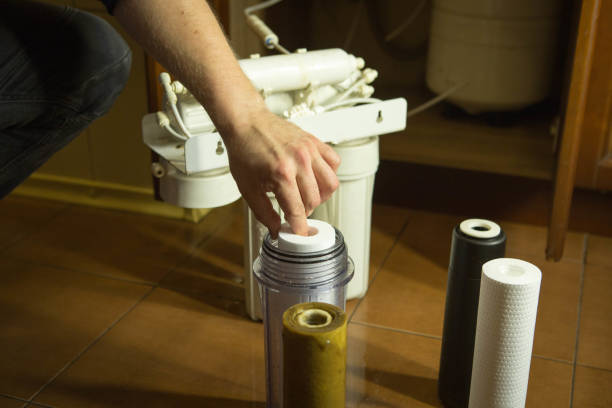
Friendly reminder | Remember these 4 tips, and you'll never be at a disadvantage when self-testing:
• Check the colour/level of dirtiness
• Pay attention to the flow rate of the water
• Use your nose and tongue to detect any unusual odours or tastes
• Monitor the device's built-in alarms/indicators
As long as you follow these steps, whether you live in the south or north, in a big city or a small county, you can flexibly handle the impacts of various complex environments and deliver truly healthy, clean, and delicious drinking water to every household.
As a final friendly reminder, many platforms now offer free appointment-based testing services. Why not take some time to schedule a professional on-site inspection for added peace of mind? If you have any other tips for maintaining water purifiers, feel free to share them in the comments section! We hope everyone can use them more smoothly and never worry about ‘when to replace’ them again!

 Reverse Osmosis Technology for Wastewater Treatment: Understanding How RO Systems Operate
Reverse Osmosis Technology for Wastewater Treatment: Understanding How RO Systems Operate
 The “Magic” of Turning Seawater into Freshwater: Unveiling the Core Secrets of Reverse Osmosis Technology
The “Magic” of Turning Seawater into Freshwater: Unveiling the Core Secrets of Reverse Osmosis Technology
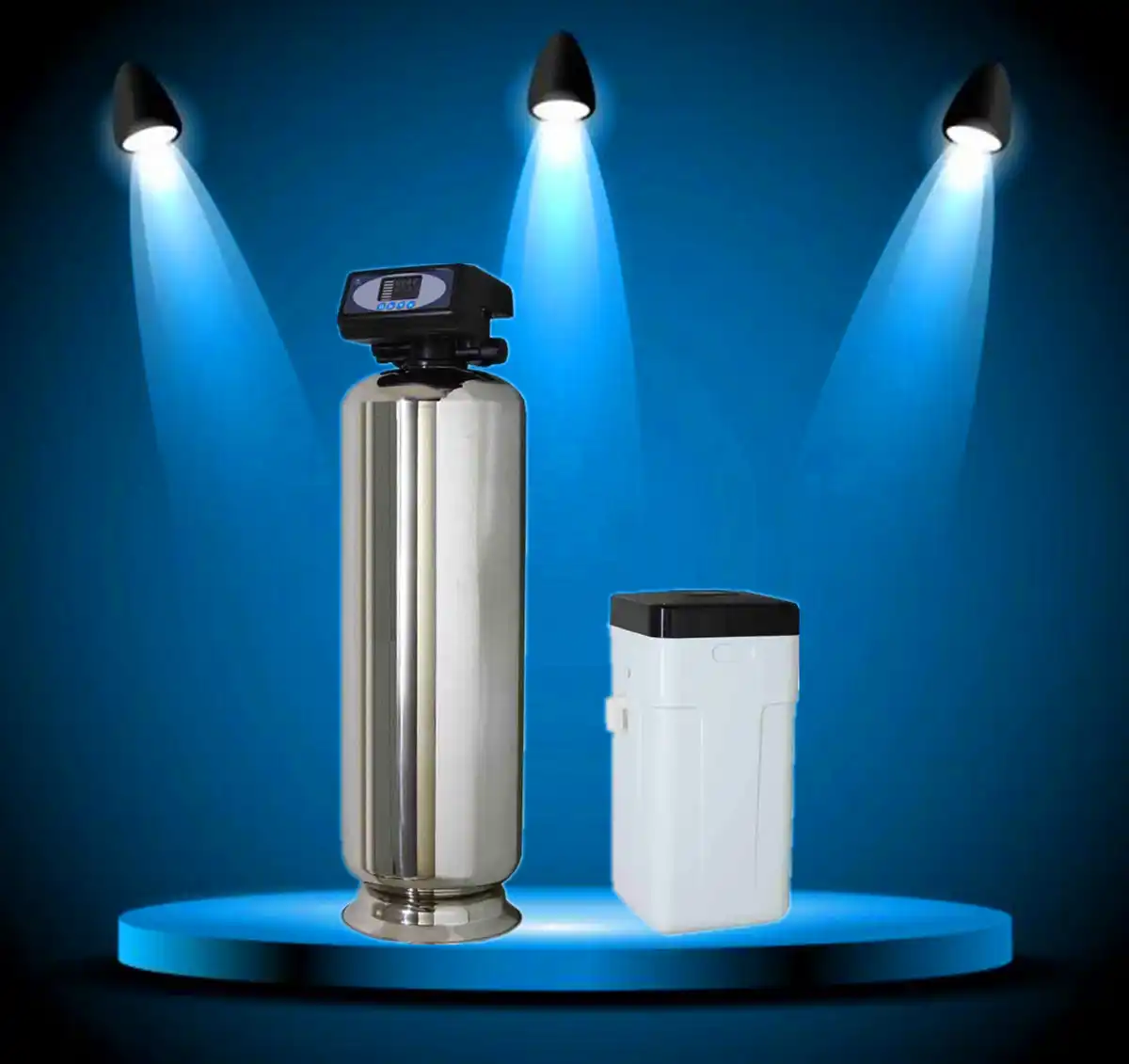 How to Choose Reliable Central Water Filtration and Water Softening Systems? Most People Get It Wrong!
How to Choose Reliable Central Water Filtration and Water Softening Systems? Most People Get It Wrong!
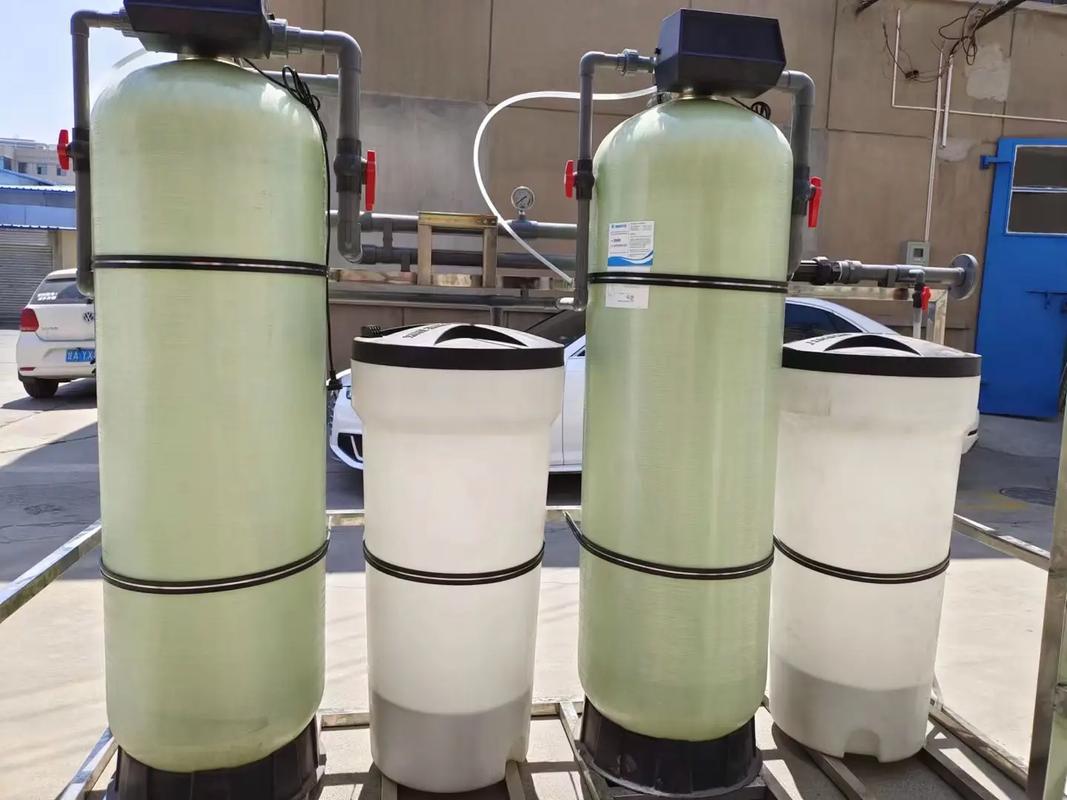 In rural areas, where groundwater from wells is the primary water source, is it truly necessary to install water purification equipment?
In rural areas, where groundwater from wells is the primary water source, is it truly necessary to install water purification equipment?